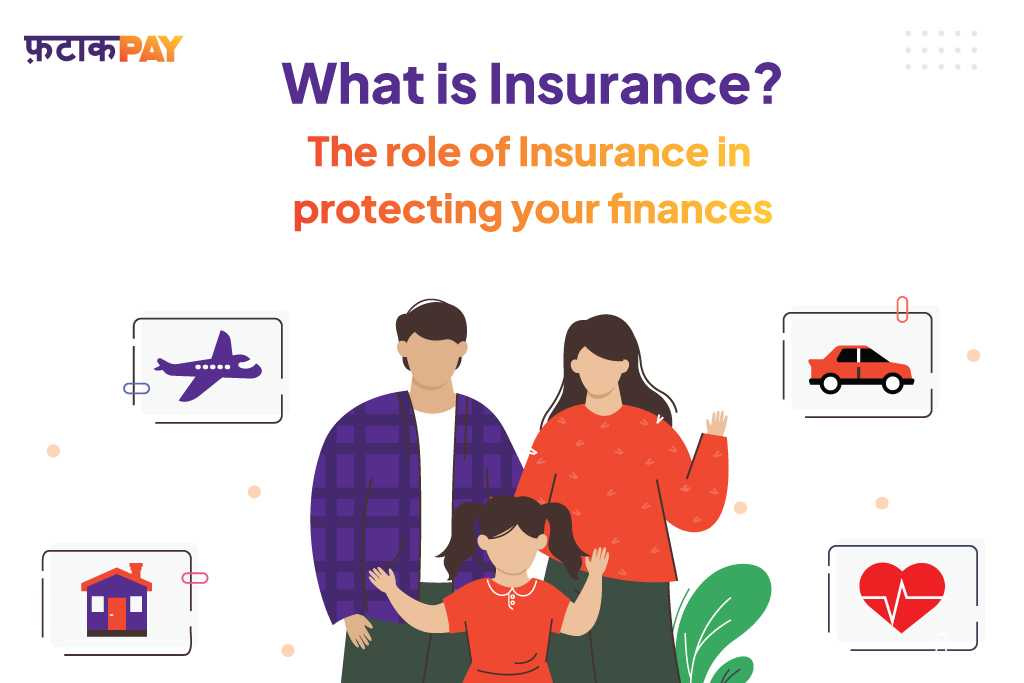How Pacific Prime can Save You Time, Stress, and Money.
Wiki Article
Things about Pacific Prime
Table of ContentsTop Guidelines Of Pacific PrimePacific Prime Can Be Fun For AnyoneFacts About Pacific Prime UncoveredThe Of Pacific PrimeThe Ultimate Guide To Pacific Prime

This is due to the fact that the information were accumulated for a period of strong financial performance. Of the estimated 42 million individuals that were without insurance, almost concerning 420,000 (about 1 percent) were under 65 years old, the age at which most Americans come to be qualified for Medicare; 32 million were grownups between ages 18 and 65, about 19 percent of all adults in this age; and 10 million were children under 18 years old, about 13.9 percent of all kids (Mills, 2000).
These quotes of the variety of persons uninsured are generated from the yearly March Supplement to the Present Populace Study (CPS), carried out by the Demographics Bureau. Unless or else noted, nationwide estimates of people without health insurance policy and percentages of the populace with various sort of protection are based on the CPS, the most widely made use of source of quotes of insurance protection and uninsurance prices.
All about Pacific Prime

Still, the CPS is especially valuable since it creates yearly price quotes fairly rapidly, reporting the previous year's insurance coverage estimates each September, and because it is the basis for a regular set of price quotes for even more than 20 years, permitting analysis of fads in coverage over time. For these reasons, along with the extensive usage of the CPS in other studies of insurance coverage that are offered in this record, we depend on CPS quotes, with limitations noted.

The price quote of the variety of uninsured people expands when a populace's insurance policy standing is tracked for numerous years. Over a three-year duration starting early in 1993, 72 million individuals, 29 percent of the united state populace, were without protection for at the very least one month. Within a solitary year (1994 ), 53 million people experienced at the very least a month without protection (Bennefield, 1998a)
6 out of every 10 uninsured grownups are themselves used. Working does enhance the probability that one and one's family participants will have insurance, it is not a guarantee. Even participants of households with two full time wage income earners have practically a one-in-ten possibility of being uninsured (9.1 percent without insurance rate) (Hoffman and Pohl, 2000).
Little Known Facts About Pacific Prime.
New immigrants represent a substantial proportion of people without wellness insurance policy. One analysis has connected a significant section of the current development in the size of the U.S. without insurance population to immigrants who showed up in the nation between 1994 and 1998 (Camarota and Edwards, 2000). Current immigrants (those who concerned the United States within the past four years) do have a high price of being uninsured (46 percent), but they go to my blog and their youngsters represent simply 6 percent of those without insurance across the country (Holahan et al., 2001).The connection between medical insurance and access to care is well established, as documented later on in this chapter. The relationship between wellness insurance and health end results is neither direct neither straightforward, an extensive scientific and health and wellness solutions study literature links health insurance policy coverage to improved access to care, better quality, and improved individual and populace health status.
Degrees of analysis for examining the effects of uninsurance. This discussion of health and wellness insurance protection focuses primarily on the U.S. population under age 65 because basically all Americans 65 and older have Medicare or other public insurance coverage. In addition, it concentrates particularly on those without any type of medical insurance for any size of time.
Things about Pacific Prime
The issues dealt with by the underinsured are in some respects comparable to those faced by the uninsured, although they are generally much less serious. Health and wellness insurance, nonetheless, is neither required neither enough to get access to medical services. The independent and direct result of health and wellness insurance protection on accessibility to health solutions is well developed.
Others will certainly get the health treatment they need also without medical insurance, by spending for it expense or seeking it from companies that supply treatment free or at extremely subsidized prices. For still others, medical insurance alone does not make certain receipt of treatment due to various other nonfinancial obstacles, such as an absence of healthcare providers in their area, minimal accessibility to transportation, illiteracy, or etymological and social differences.
Some Known Details About Pacific Prime
Formal research study concerning uninsured populaces in the United States dates to the late 1920s and very early 1930s when the Committee on the Cost of Healthcare created a series of reports concerning financing physician workplace check outs and hospital stays. This problem came to be prominent as the varieties of medically indigent climbed up throughout the Great Clinical depression.Report this wiki page